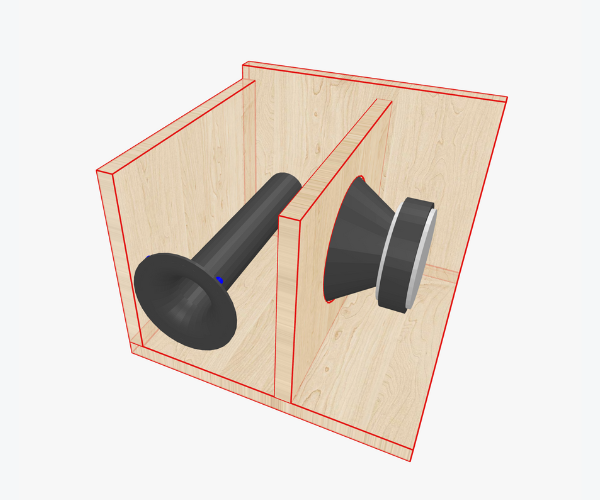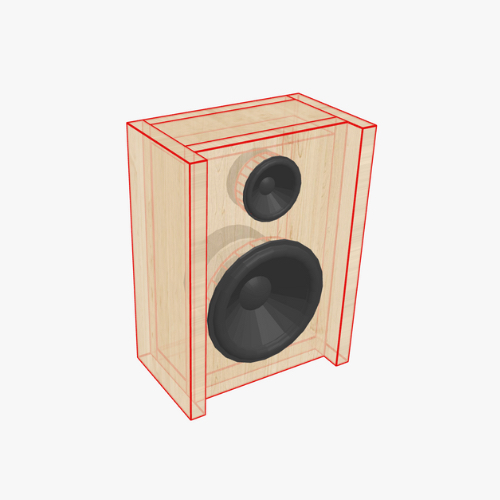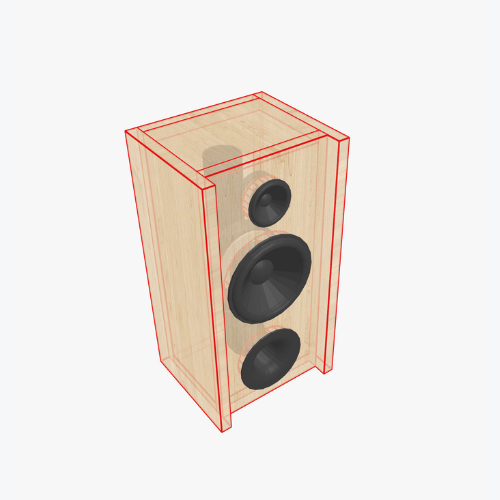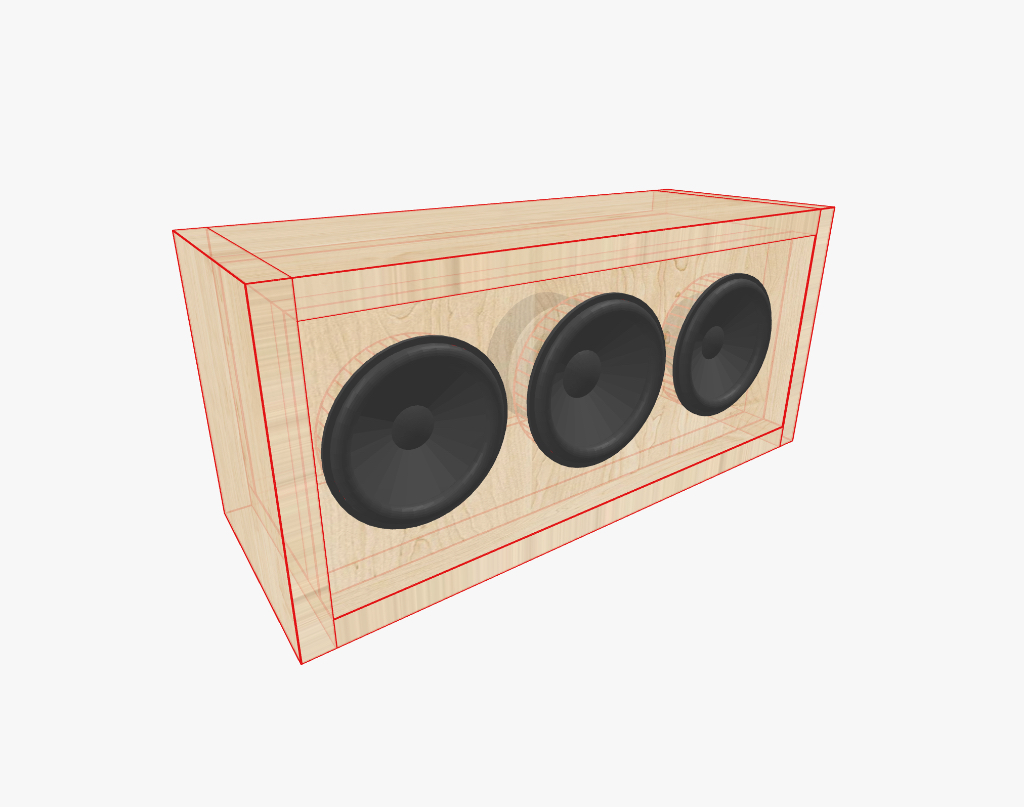The Allure of Band-Pass Enclosures
There is something uniquely thrilling about the first time you experience a properly built band-pass enclosure. The sound feels as if it explodes from nowhere — basslines swell with force, kick drums hit with tight authority, and every low note rolls out in a way that seems larger than the box itself. Unlike sealed or bass-reflex systems, a 4th order band-pass design does not let the woofer radiate directly into the room. Instead, the driver is hidden inside, working entirely within chambers, with only the ported side acting as the “voice” to the outside world.
This architecture creates a certain mystery. You don’t see the cone moving; you only feel the result — pressure, depth, and energy. That concealment is not just aesthetic; it has practical acoustic effects, giving the designer a unique palette to shape how the bass will behave.



